Bone bonding is the foundation of dental implant success. The factors affecting the realization of bone bonding of dental implants are not only the biocompatibility of implant materials, the general condition of patients, and the treatment after implantation, but also the key link of dental implant implantation. It is limited by the professional level of implantation doctors, which has become an important factor affecting the success rate of clinical implantation.
The following principles must be followed in dental implant surgery:
1. Non-invasive surgery for bone tissue around the implant bed mainly includes two aspects: mechanical injury and thermal burn. Proper mechanical stimulation is the initiating factor of the bone healing process, but larger trauma will inevitably reduce the osteogenic capacity of surrounding bone tissue, and even cause osteogenic cell necrosis around the implant. Experiments have proved that the temperature of the bone bed should not exceed 47 ℃ in the preparation of the implant socket. Therefore, in the process of implant implantation, we should achieve: sharp bit, step by step expansion, drilling pressure should not be too high, drill and bone bed continued physical cooling, etc.
2. No contamination on the surface of dental implants
(1) Bacterial contamination
Fundamental aseptic principles of surgery
(2) Contamination of Lipids and Heterogenous Proteins
The biocompatibility of dental implants depends on the biological characteristics of implant materials. The surface is another important factor. Strong affinity for tissues will facilitate the attachment of various cytokines, biological macromolecules and cells to the implant surface, and thus facilitate the osteogenesis process.
(3) Contamination of Heterogeneous Metal Elements and Fluorine
Titanium is the metal material used in most dental implant systems at present. The stable ceramic-like titanium oxide film formed on its surface is the material basis to ensure its good biocompatibility. The presence of different metal elements will lead to local electrochemical corrosion, and the presence of fluorine during high-pressure disinfection will make the oxide film on the surface of titanium implants abnormally thicker, reduce the corrosion resistance of titanium implants, which is not conducive to bone bonding; the instruments contacted with implants are made of titanium materials; titanium instruments are strictly cleaned by ultrasound before operation.
3. Early stability of dental implants
Early stabilization of dental implants is the basic healing environment for achieving bone bonding at the interface. When preparing the implant socket, attention should be paid to the accuracy of the implant socket. The drill bit should be pulled up and down on the same axis step by step to avoid the swing of the drill bit in any direction so as to ensure that the diameter of the implant socket is consistent with that of the implant and create a good condition for the realization of osseointegration of the implant. On the other hand, the gap between the implant and the surrounding bone bed is too large to prevent the non-union of bone. Beneficial impact.
4. Non-interference of dental implant healing
Dental implants are not affected by oral microbial environment and premature occlusal force during bone healing. It is required that the gingival mucosa of the implant be sutured tightly after implantation to isolate the implant from the oral cavity, and the implant should not be higher than the bone surface to prevent the adverse effects of direct or indirect occlusal force on the osteogenesis process.
5. Keep your gums as healthy as possible
Gingival attachment is an important factor to ensure a healthy combination of dental implants. Its existence can prevent the loss of normal silver bonding caused by the movement of the cheek and tongue around the implant. Therefore, the long-term effect of the implant depends on the protection of healthy attached gingiva. In addition, the existence of a certain width of attached gingiva around the implant is an important factor to ensure the aesthetic effect of dental implant prosthesis, especially in the upper anterior teeth and premolars.

 +86-021-50327060
+86-021-50327060
 zq@lzqtech.com
zq@lzqtech.com
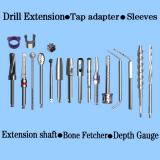 Medical Instrument
We can achieve perfect edge quality and dimensional tolerance up to±0.0005mm (±0.5μm) in the process of micro, ultra-long, ultra-thin, super-abrasive, impact-resistant, high-precision and combined ... VIEW MORE
Medical Instrument
We can achieve perfect edge quality and dimensional tolerance up to±0.0005mm (±0.5μm) in the process of micro, ultra-long, ultra-thin, super-abrasive, impact-resistant, high-precision and combined ... VIEW MORE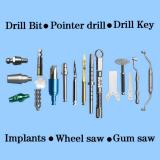 Implant
Corresponding and matching drills and tools of different types, forms, shapes, structures can be high precisely ground to mold according to different brands and different types of implants forms, shap... VIEW MORE
Implant
Corresponding and matching drills and tools of different types, forms, shapes, structures can be high precisely ground to mold according to different brands and different types of implants forms, shap... VIEW MORE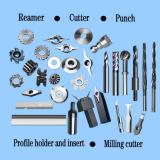 Cutting Tools
Super-hardness machining for special, non-standard new ite ms with different size and tolerance. VIEW MORE
Cutting Tools
Super-hardness machining for special, non-standard new ite ms with different size and tolerance. VIEW MORE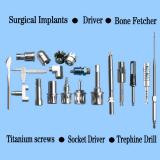 Accessory Parts
we can customize for you according to your samples or drawings for any manufacturing of ceramic,carbide,stainless high-speed steel, stainless steel, titanium alloy, titanium diamond, etc series, hig... VIEW MORE
Accessory Parts
we can customize for you according to your samples or drawings for any manufacturing of ceramic,carbide,stainless high-speed steel, stainless steel, titanium alloy, titanium diamond, etc series, hig... VIEW MORE

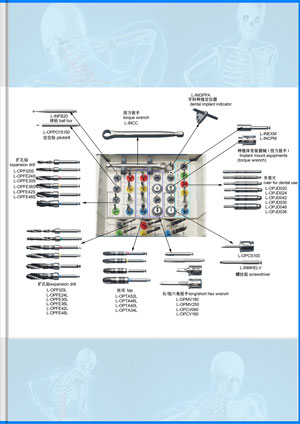
 +86-021-50327060
+86-021-50327060 
 NO.1269 Plant, Jinhu Road, Jinqiao Export Processing Zone, Pudong New District, Shanghai, China.
NO.1269 Plant, Jinhu Road, Jinqiao Export Processing Zone, Pudong New District, Shanghai, China. 
